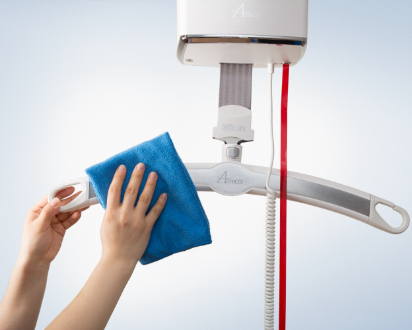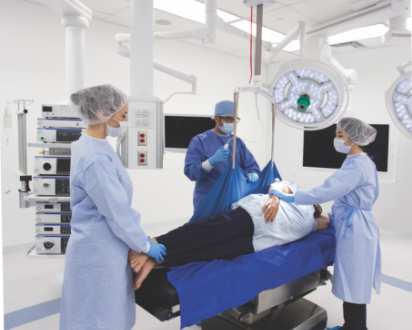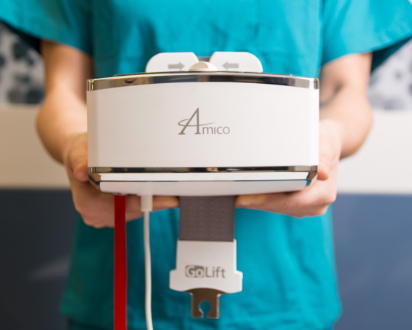Safe Patient Handling
Safe Patient Handling
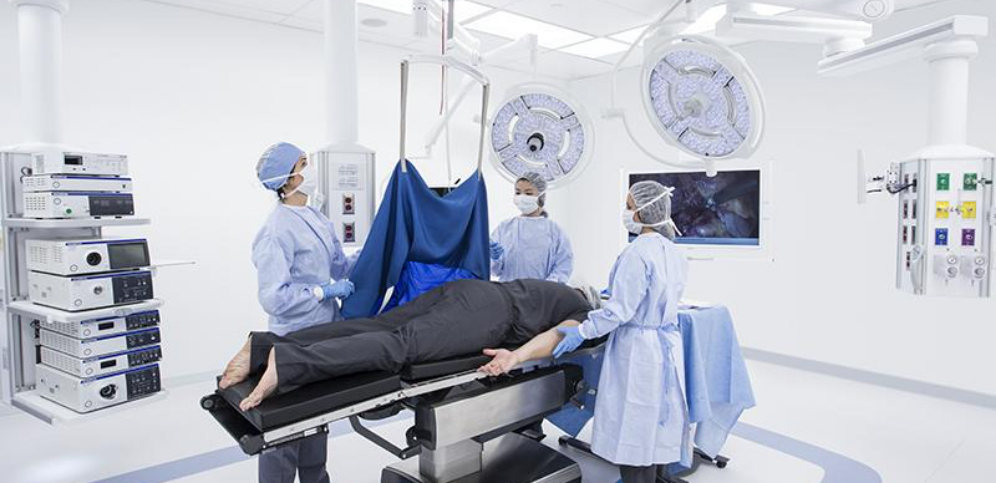
Safe Patient Handling in the Operating Room Brochure
Importance of Safe Patient Handling in the O.R.


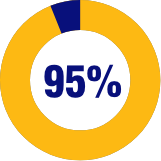

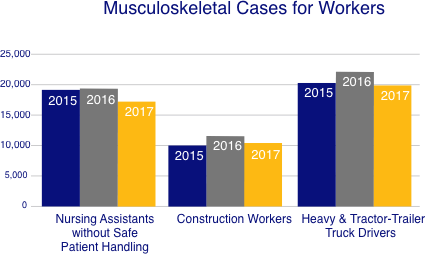
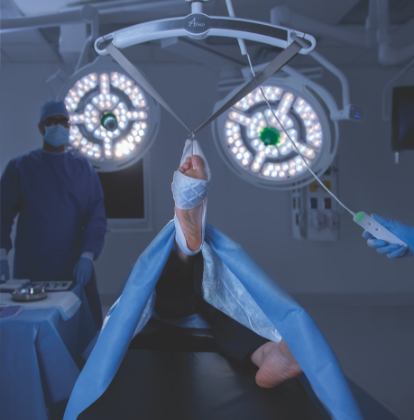

- Transferring from stretcher to operating table
- Limb lifts
- Surgical preparations
- Repositioning from supine to prone

ranges between $27,000 - $103,000.2
Click on a blue state to see how!
Sacred Heart Medical Center, a 432-bed tertiary care facility in Oregon, saved $305,000 over a two-year period and reported that “the lifts actually paid for themselves in 15 months.”7
After investing $800,000 in a safe lifting program, Stanford University Medical Center saw a five-year net savings of $2.2 million. Roughly half of the savings came from workers’ compensation, and half from reducing pressure ulcers in patients.10
Kaleida Health Network, the largest healthcare provider in western New York, invested $2 million in a comprehensive safe patient handling program in 2004 and realized a full return on investment within three years. By 2011, the five hospitals within the network (with 70 to 511 beds each) had saved $6 million in patient handling injury costs.9
The Veterans Health Administration Patient Safety Center introduced safe patient handling programs in 23 high-risk units (with 20 to 60 beds each) in seven Southeast facilities. The cost-benefit analysis showed a net savings of $200,000 per year, and the initial capital investment was recovered in approximately four years.5, 6
The University of Iowa Hospitals and Clinics, a 725- bed comprehensive tertiary care academic medical center, reduced its workers’ compensation costs by more than $475,000 and recovered its initial investment in a safe patient handling program within three years.8



1. BLS. (2014, December 16). Table 18. Number, incidence rate, and median days away from work for nonfatal occupational injuries and illnesses involving days away from work and musculoskeletal disorders by selected worker occupation and ownership, 2013. Retrieved from https://www.bls.gov/news.release/osh2.t18.htm
2. Li, Y., and C.B. Jones. 2012. A literature review of nursing turnover costs. Journal of Nursing Management. 21(3): 405-418. (Dollar amounts presented in the text are in 2013 dollars. This is the range
of the values presented in the studies calculated in 2013 dollars using the medical care portion of the consumer price index.)
3. AON Risk Solutions. (2016). Health Care Workers Compensation Barometer. AON. Retrieved from http://www.aon.com
4. OSHA. (2019). Retrieved from https://www.osha.gov/Publications/OSHA3279.pdf
5. Nelson, A., M. Matz, F. Chen, K. Siddharthan, J. Lloyd, and G. Fragala. 2006. Development and evaluation of a multifaceted ergonomics program to prevent injuries associated with patient handling tasks. International Journal of Nursing Studies. 43: 717-733.
6. Siddharthan, K., A. Nelson, H. Tiesman, and F. Chen. 2005. Cost-effectiveness of a multifaceted program for safe patient handling. Advances in Patient Safety: From Research to Implementation. 05-0021-1(3): 347-358.
7. Yordy, A. 2011. Case study: Sacred Heart Medical Center. The Hastings Center Report. 41(1): 25-26, 52.
8. Stenger, K., L.A. Montgomery, and E. Briesemeister. 2007. Creating a culture of change through implementation of a safe patient handling program. Critical Care Nursing Clinics of North America. 19(2): 213-222.
9. Lancman, R., K. L. T. Wright, and R. Gottfried. 2011. Safe Patient Handling in New York: Short Term Costs Yield Long Term Results. See assembly.state.ny.us/comm WorkPlaceSafe/20110527a/index.pdf
10. Celona, J., E. Hall, and J. Forte. Making a business case for safe handling. Presented at the 2010 West Coast Safe Patient Handling and Movement Conference. September 2010; San Diego, California. As cited in: Gallagher, S. M., W. Charney, and L.D. McGinley. 2010. Clinical nursing education series: Rethinking lift teams. Bariatric Times. 7(11): 18-23.






























